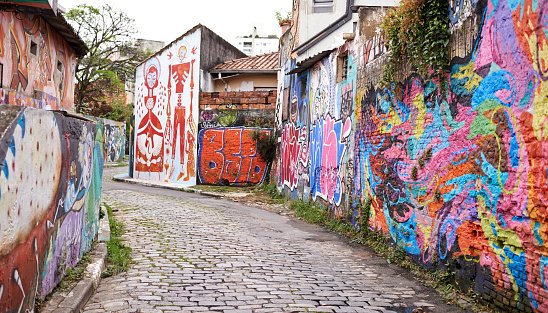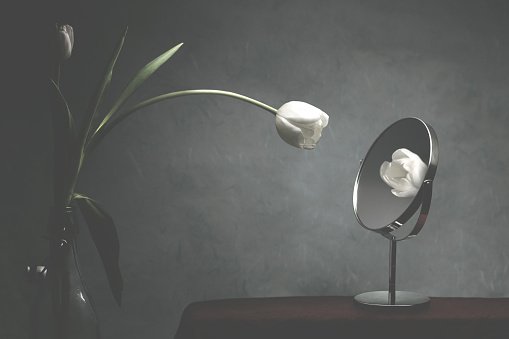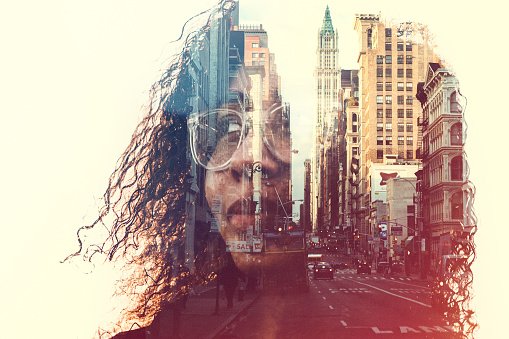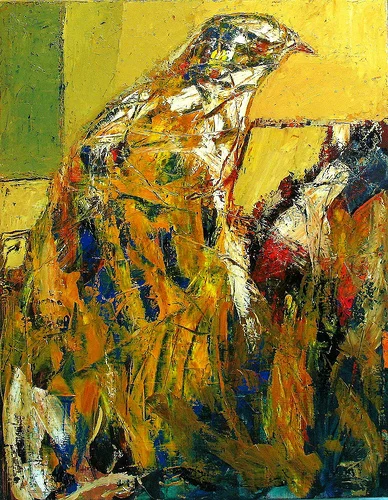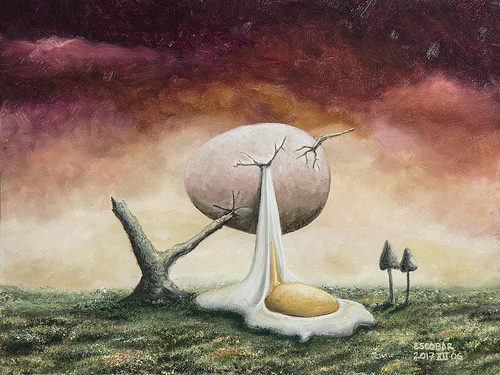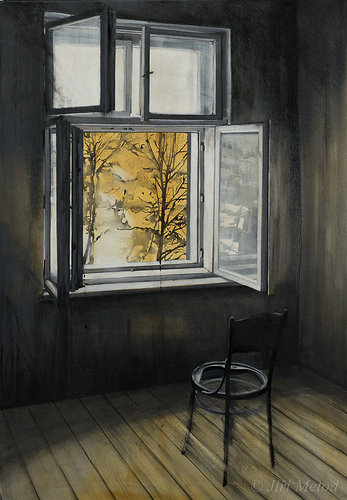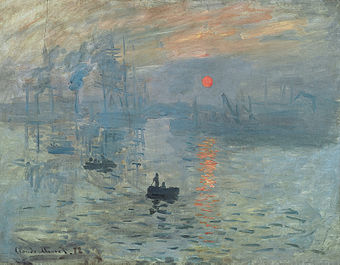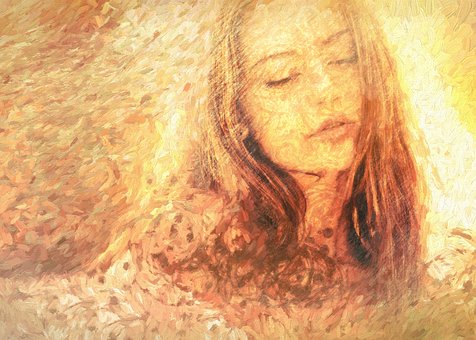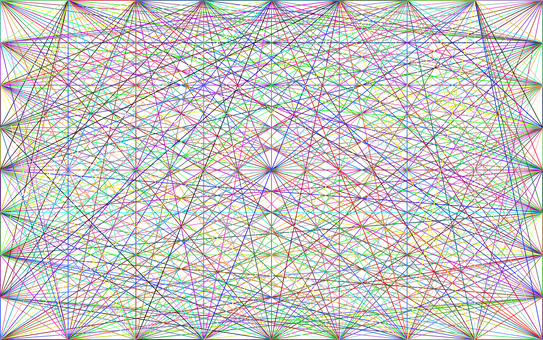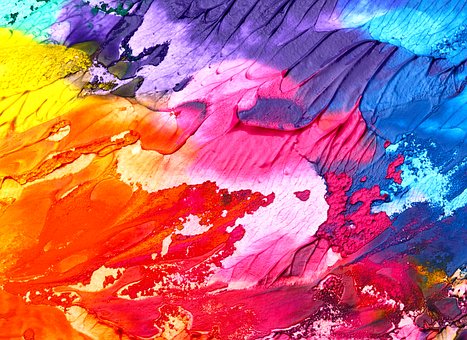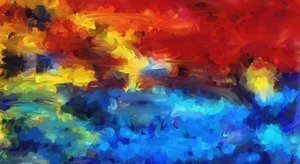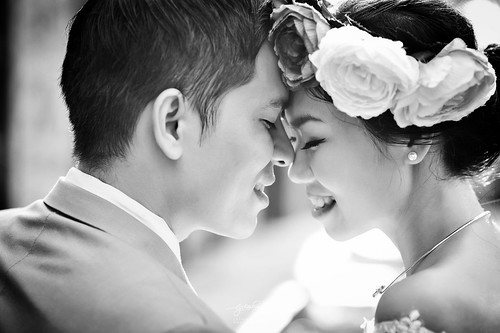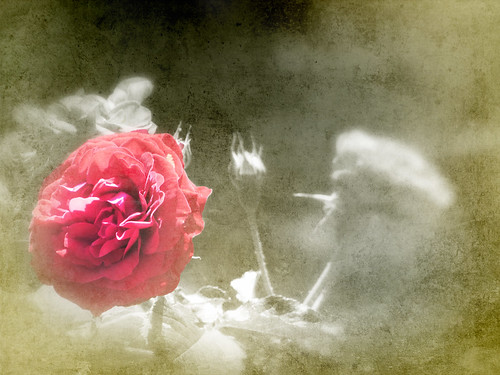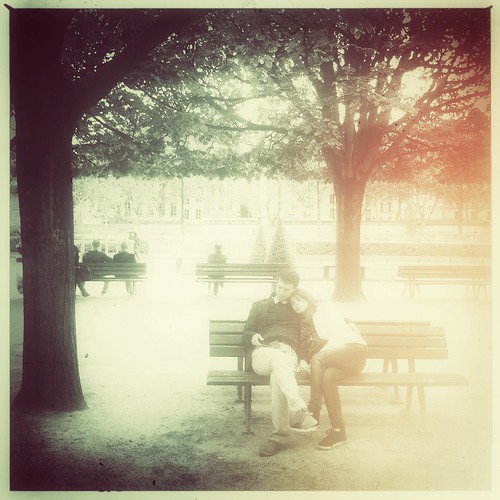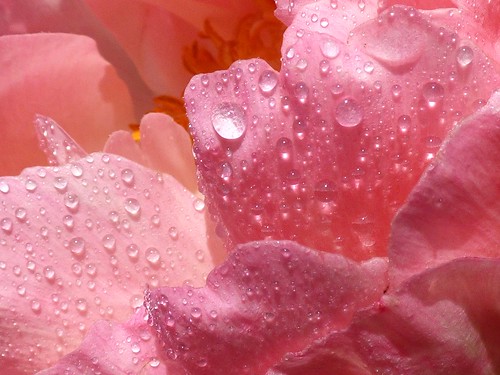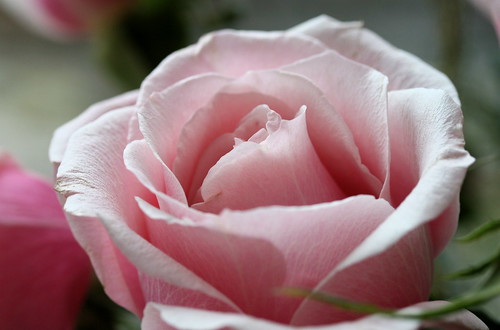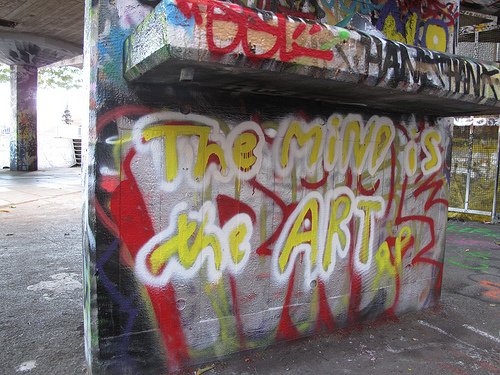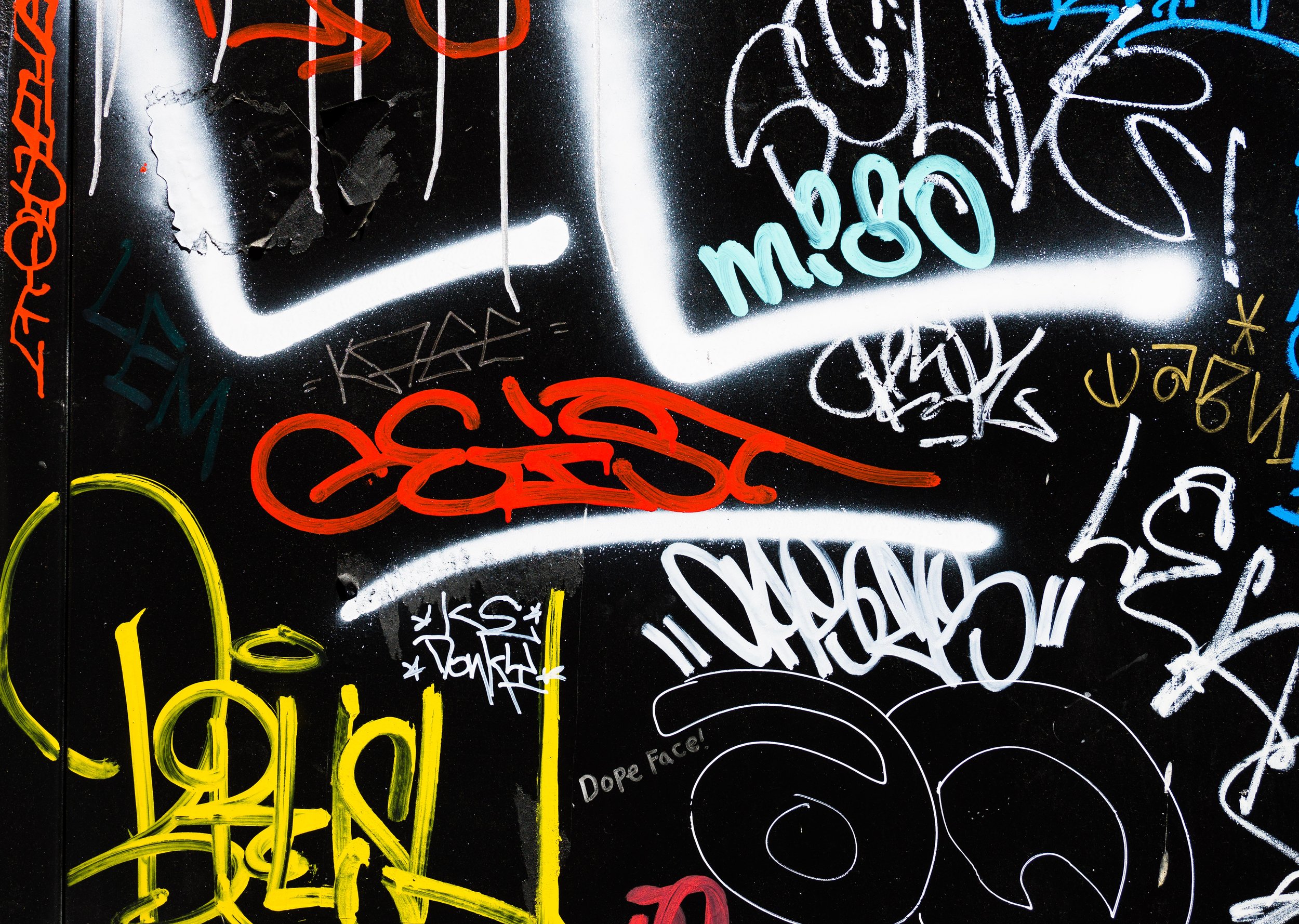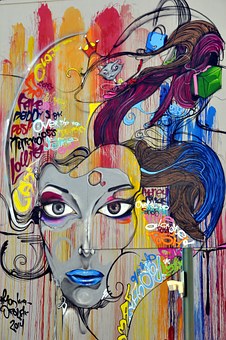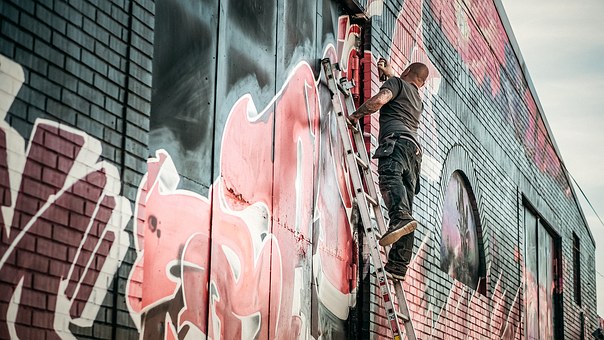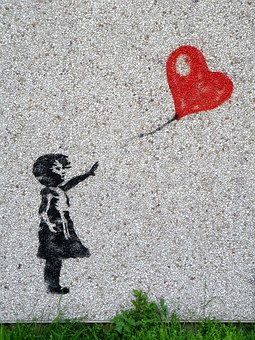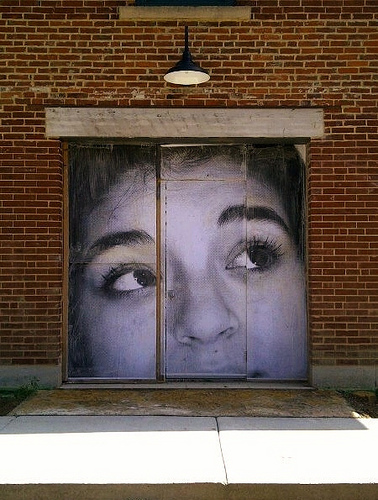Artist at Work Painting Over Their Work →
When an artist paints over their existing work, this is called a "pentimento," an Italian word meaning "to repent.” This refers to an artist altering a painting by covering up parts of the original composition with new paint layers, sometimes revealing traces of the earlier work underneath if the new paint becomes slightly transparent over time.
Art is never finished, it is just abandoned.” - Leonardo da Vinci
This quote suggests that artists may stop working on a piece, even if they could keep making changes. It implies that art is a process, and there's always something more that could be done.
“The aim of art is to represent not the outward appearance of things, but their inward significance.” – Aristotle.
This profound insight encourages us to look beyond the surface of art and delve into the rich layers of meaning it can convey.
Aristotle believed that art is the process of transforming our emotions into something tangible and beautiful. He also believed that art has the power to present reality from a perspective that's different from our everyday lives, offering us a fresh and unique way of seeing the world.
Can Artificial Intelligence Create Art using it's Own Creativity? →
Suppose AI used its creativity. Where would it get it? If that data is uploaded, is that the source of the creativity? If the AI has its creativity to apply to what is inputted, does any application of that creativity fit the art description? Artists’ inner feelings and emotions may be the voice of their spirit, reflecting the happenings in their life, and are expressed using art.
Art does more than entertain people; it reflects the reality of society like a mirror. Emotions and feelings can be seen through art. Engaging with a good work of art can connect you to your senses, body, and mind. Because it is such a profound experience on a personal level, art can help us understand who we are and enhance life through self-expression.
The positioning of people, objects, and colors reflects the artist’s personality and spirit we have believed. For example, you may feel the artist's soul when an artwork has a hidden or apparent meaning. The goal for the author would be for you to feel what they feel or think you should feel.
Why would different people perceive art differently? One answer has to do not with art creation but with the perception of what is created. If the answer is that art is in the perception of what is made, then it changes from viewer to viewer, and AI is perhaps a 3rd party to the process.
Perception is conditioned by many factors, including political, social, cultural, gender, racial, and even the life story of the viewer. For all an artist intends to present, the object for the viewer is the art, not the artist.
Neighborhood Art Matters and Local Art Critics Matter →
Art criticism is a crucial aspect of the art world, serving as a means of interpreting and evaluating the significance of specific works of art. Art critics, whether esteemed national figures or relatively unknown local voices, play a critical role in helping viewers to perceive, analyze, and form judgments about works of art.
While critics tend to focus on modern and contemporary art from cultures close to their own, it is essential to recognize that they may need to included valuable insights from other cultures and historical periods. By expanding their horizons and exploring art from diverse sources, critics can gain a broader perspective and enrich their understanding of the art world.
Moreover, when we critique the work of others, we not only offer helpful feedback and suggestions, but we also learn to identify effective problem-solving strategies that can be applied to our creative endeavors. By examining other artists' approaches and evaluating their solutions' effectiveness, we can improve our artistic skills and grow as artists.
Overall, art criticism is an essential element of the art world, facilitating a deeper understanding and appreciation of the diverse and complex works of art that shape our cultural landscape. Whether you are an artist, a critic, or simply an art enthusiast, engaging with the critiques offered by others can help you to expand your horizons and develop a more nuanced understanding of the world of art.
MORE NEIGHBORHOOD ART
Does Art Reflect it's own Spirit: Is the Artist's Spirit changed by becoming Art? →
Artists’ inner feelings and emotions can be the voice of their spirit wanting to be heard. Feelings turn into powerful emotions that have their say and reflect the happenings in their life. Art becomes the tool for the spirit expressed using art.
Art may be presented to entertain or influence others; in those cases, it may draw more from the art’s goal than the artist’s feelings.
The totality of society and culture can be represented in art, becoming a form of collective expression.
The positioning of people, objects, and colors reflects the artists' personalities and spirits. When an artwork has a hidden or obvious meaning, you may feel the artist’s soul. The goal for the author would be for you to feel what they feel or think you should feel.
Joseph Heinrich Beuys, a German artist and art theorist who died in 1986, believed in the "extended definition of art" in which everybody was an artist.
He once said, "every sphere of human activity, even peeling a potato, can be a work of art as long as it is a conscious act,"
For some, art depends on its purpose. I can be a means to truth or knowledge, the acquisition of truth. Art has even been called the avenue to the highest knowledge available to humans and a kind of knowledge impossible to attain by any other means.
Why would different people perceive art differently? One answer has to do not with art creation but with the perception of what is created.
Perception is conditioned by many factors, including political, social, cultural, gender, racial, and even the life story of the viewer. For all an artist intends to present, the object for the viewer is the art, not the artist.
“Beauty is in the eye of the beholder.”
Art will impact our life journey we experience along the path. The influences change as we change. The forms of art that appeal to us change. We may at some point find art painted on canvas profound and then find we are influenced more by nature surrounding us. Those are influences of choice, but what society deems art impacts us all as well.
Monochrome Art Brings a Focus on Winter →
Art is generally understood as any activity or product done by people with a communicative or aesthetic purpose—something that expresses an idea, an emotion, or, more generally, a worldview.
It is a component of culture, reflecting economic and social substrates in its design, and the use of colors can amplify those conclusions.
What do we say about art that wasn’t produced by humans but instead only perceived as art by humans? Is it art because it was perceived to be, or is it art regardless of whether humans observed and sensed it.
Contemporary artists and designers interpret the symbolic meaning by using black and white, making you concentrate on elements such as composition, value, lighting, and form. It can help focus on the image as a whole.
Another way to view black and white, as well as monochrome, is to consider color vs. ’s design. Picasso had a love affair with monochrome design versus color, and the artistic debate goes back to the Renaissance, with Picasso firmly on the side of black and white.
The eyes capture attention in Art and become the message →
Do artists testify by revealing more than we see or by seeing more than is revealed? ……………………………………. Of course their is more here than we see that is why the questions don’t have answers
Read moreThe artist presents testimony by revealing more than we see →
Much has been said about art presenting a message transcending the content. What causes the items portrayed to have a message in addition to what is seen? Where did that message reside?
Perhaps a unique and previously inexperienced view of colors, shapes, and textures brings out memories or suggests them? Maybe it is the intensity of the color or the place of the object that we view that brings a previously unthought message to us?
Could a painting have a spirit of its own, and if so, is that spirit the poetry of the image that speaks to us?
Did the painting, or work of art, exist before it was found, and has it only been revealed? If images and art are displayed, then where and who is the original talent that the painter only uncovered.
Is art the artist’s testimony, or is the artist only the messenger?
Quotes to Ponder
“Painting is poetry that is seen rather than felt, and poetry is a painting that is felt rather than seen.” ― Leonardo da Vinci.
Color fills the space, layers showing light, darkness, movement, peace, and beauty. Purple represents dignity, grandeur, mystery, independence, and especially magic.
“Art washes away from the soul the dust of everyday life.” ― Pablo Picasso.
"He said it wasn’t our decision if “Art was art,” adding that, "We don't inform art, that art informs us.” - Leonardo da Vinci
How does Surrealism Liberate Thought? →
René Magritte’s “The Lovers” (1928) is a harrowing depiction of isolated love as the pair are kept apart by a mere shroud of fabric, preventing a fully loving embrace. Or could it have been a look into the future world of pandemic isolation?
What is the real purpose and object of art, literature, and thought? The obvious answer would be that it is communication, but the question becomes complicated when considering what communication is? Is it the message the artist intended to ask, or is it the scope of how the viewer of the art finds the answer?
Surrealism’s goal was to liberate thought, language, art, and human experience from the oppressive boundaries of rationalism. The consequence of the approach on the artists and writers was the belief that their work was revolutionary or philosophical. Neither the questions nor the answers their work presented mattered as long as the viewer was liberated to inject any variety of options for both.
Texture in Art can be Implied or Real →
Texture can be implied or be an essential factor in art. The surface is an art element used to bring depth and dimension. It can be told using a combination of long and short strokes but obtaining an actual texture is an important goal.
The texture is usually described as smooth or rough, soft or hard, coarse or fine, matt or glossy, and can be divided into two categories, tactile and visual textures.
Tactile textures refer to the immediate tangible feel of a surface but the texture and how it looks like it will feel if touched.
The texture is one of the seven elements of art. Understanding it fully will lead to more robust drawings and paintings. Surface - an art element that refers to how an object feels to the touch or looks as it may feel.
Smooth strokes create softness, and rough, reckless, and varied strokes convey a message of hardness. Paints can be blended, and three-dimensional effects can be made.
.
Impressionistic Art often shows the impression of light
Top Picture Example small thin strokes
Impressionistic Art is a 19th-century movement characterized by relatively small, thin, yet visible brush strokes, open composition, and emphasis on accurately depicting light in its changing qualities.
It emphasizes how light changes in the scene—the light changes suggesting a passage of time. Often the colors are soft rather than bold. The colors become more critical than the strokes.
The picture on the left below by Claude Monet titled Impression Sunrise is presented by small thin brush strokes, sometimes barely visible.
I





